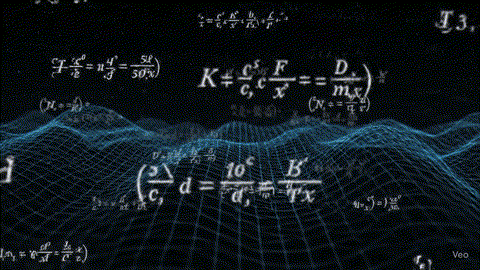The Quantum Threat Landscape
As quantum computing advances, traditional cryptographic systems face unprecedented challenges. The implications extend far beyond encryption, affecting every aspect of digital security.
Current Vulnerabilities
Most systems rely on cryptographic assumptions that quantum computers will break:
- RSA Encryption: Vulnerable to Shor's algorithm
- Elliptic Curve Cryptography: Also quantum-vulnerable
- Digital Signatures: Current schemes will be compromised
The ENI6MA Solution
Our approach transcends traditional cryptographic limitations through:
Information-Theoretic Security
Mathematical proofs that don't depend on computational assumptions, making them inherently quantum-resistant.
Cognitive Authentication
Leveraging human cognitive patterns creates security independent of computational power.
Migration Strategies
Organizations must prepare for the quantum transition:
- Inventory Assessment: Identify vulnerable systems
- Hybrid Implementation: Deploy quantum-resistant algorithms alongside classical ones
- Testing & Validation: Thoroughly test new systems before deployment
- Gradual Migration: Phase out vulnerable systems systematically
Conclusion
The quantum threat is not theoretical, it's approaching rapidly. Organizations that prepare now will maintain security continuity, while those that wait risk catastrophic exposure.
The key is moving beyond computational security to information-theoretic guarantees that quantum computers cannot break.
#cybersecurity #quantum-computing #post-quantum #ENI6MA #information-theoretic #future-security
